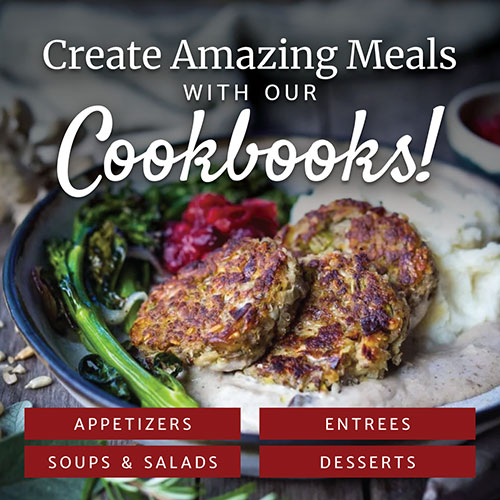
If you couldn’t tell, we love gardening and growing, and we think it’s incredibly rewarding. Gardeners delight in skipping the grocery store since they can step outside to snip fresh herbs or pluck a few tomatoes off the vine for a recipe. Using fresh ingredients you grow yourself saves time and money, not to mention the piece of mind knowing where your produce comes from. You’ll find combining fresh ingredients with your favorite Randall Beans makes for healthy and great tasting meals. Once you’ve invested the initial effort, tending an annual garden becomes easier as you accumulate supplies and get the hang of what works for you.
Starting a Garden
Your garden doesn’t have to be the large raised bed in your lawn, despite what home improvement stores advertise. Any place plants can get a good dose of sunlight can be turned into a garden, and you don’t even need to be on the ground. Apartment owners use their patios and balconies for container gardens filled with herbs and smaller vegetables. A trellis on the sunny side of your house can be a home for tomatoes to thrive and grow.
Know Your Zone
Where you live will determine your growing zone. Your growing zone will determine when you should start planting outside, how long your growing season will last and the varieties of vegetables and herbs best suited for your area. The National Gardening Association has a zone finder based on your zip code. Once you know your zone, you can pick the right plants that will do well in your garden’s climate.
Where to Plant
Knowing where to plant your garden is just as important as what to plant. You’ve found the perfect sunny spot for some tomatoes and basil, but is it close to a water source which is important for plants needing constant watering? If you’re going to use raised beds, you’ll also need an area that drains well. Think about how your yard looks after a good rain shower. Avoid planting your garden in the areas that collect standing water. Container gardens don’t require the same effort of raised beds, but they follow the same basic rules. Choose containers large enough for the plants to grow with drain holes in the bottom and place them in a sunny spot.
Draw It Up
Creating an outline before starting a garden helps visualize where everything will go. There’s no need for a fancy drawing, just a quick drawing with a pencil and paper will give you a good idea of how your garden will look. Map out the space and decide where each row or container will go. Make sure you give each crop the space it needs to fully mature. Your sketch will help you determine how much of each item you need and save you from over-buying supplies.
A good plan and knowing what kinds of vegetables and herbs are best for your area will help insure the success of your garden. Visit local gardening centers and ask what they grow in their own gardens or tricks they’ve picked up along the way. For more information including guides for vegetable and herb gardens from The National Gardening Association, click here.
Interested in seeing how the Randall Family Farm is doing? Check out the latest updates from Open Spigot Farm now!


thanks for all the great recipes and garden tips. I am so glad spring is here in Tx., sun shining and birds singing and flowers blooming all around me. Just passing time till the herbs get chopped to put in my beans for breakfast, gotta love the su chef(my honey of a husband) who adores your beans!!!! Happy spring to y”all